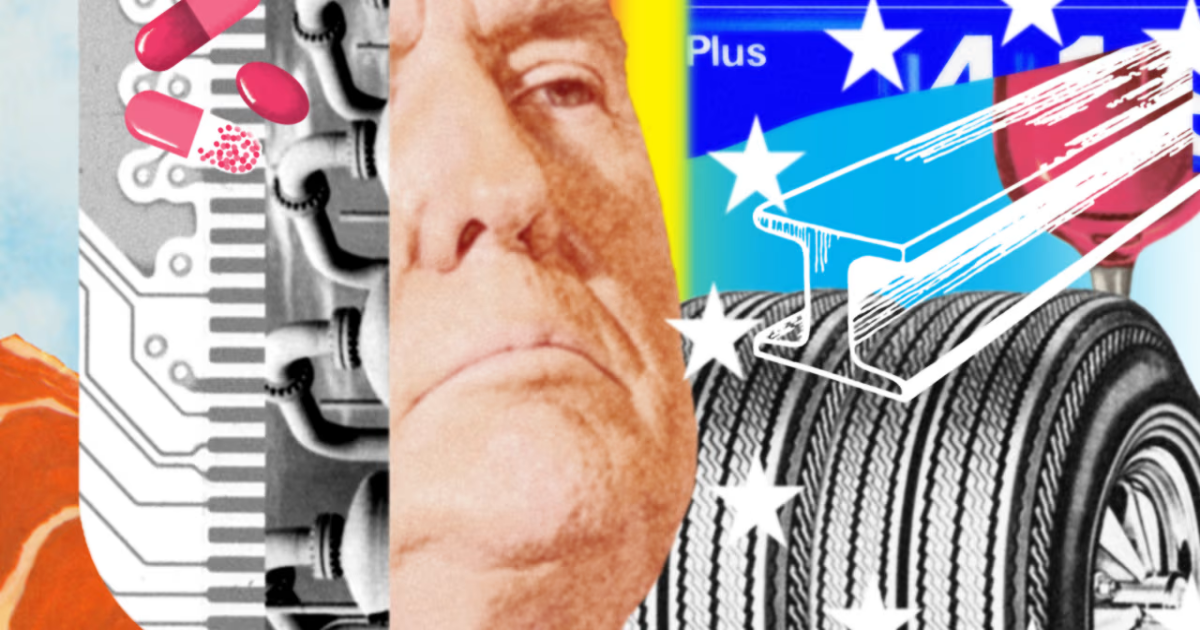President Trump unveiled a sweeping new tariff plan at a Rose Garden ceremony Wednesday, declaring “Liberation Day” for U.S. trade policy. The plan combines two concepts debated by aides—a universal tariff and nation-specific duties.
There is a 10% baseline tariff. These are across-the-board levies on all imports, effective April 5.
Other nations will be hit with what Trump called a “discounted reciprocal tariff.” The higher rates are for nations the White House considers bad actors on trade. For example, duties will be 24% on Japan and 20% on the European Union, in lieu of the universal 10% tariff, effective April 9.
A new 34% tariff on China will add to previous duties, like the 20% tariff Trump imposed over fentanyl. That means the base tariff rate on Chinese imports will be 54%, before adding tariffs imposed during Joe Biden’s presidency or Trump’s first term.
Canada and Mexico are excluded from the reciprocal tariff regime. They are still subject to plans to impose 25% tariffs on most imports to the U.S. for what Trump says is their role in fueling the fentanyl crisis and illegal immigration. An exemption for these levies on autos and many other goods was in place but due to expire on April 2.
Trump’s 25% tariffs on foreign-made automobiles and parts took effect at 12:01 a.m. ET.
U.S. stock-index futures and Asian equities fell sharply, reflecting fears that the tariffs will slow growth and boost inflation. Popular stocks such as Apple, Amazon and Nike were among the largest retreaters, dropping 6% or more.
See the latest developments below.
